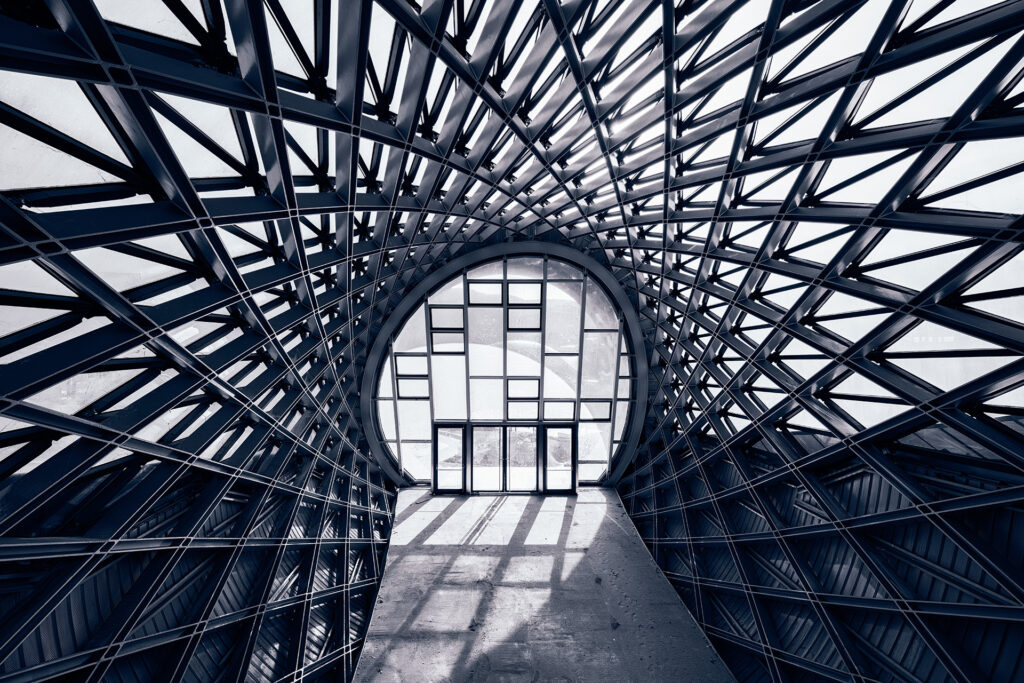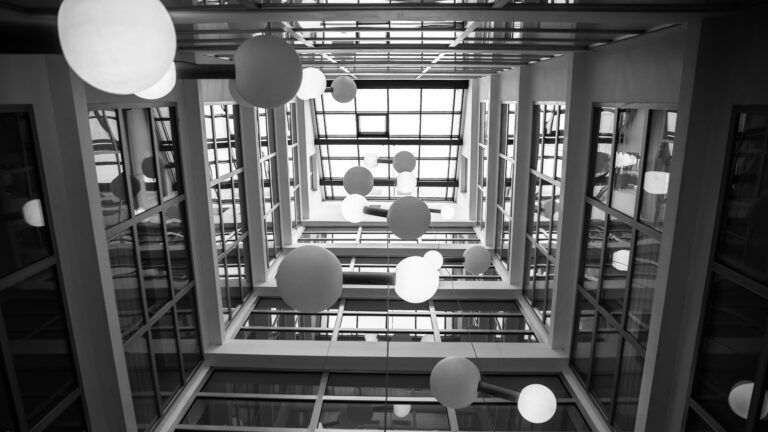
Modern architecture is one of the most prominent architectural movements of the 20th century, profoundly influencing the design and construction of urban spaces and various buildings. This architectural style emerged as a reaction to traditionalism and the intricate decorations of classical architecture, seeking simplicity, functionality, and the use of modern technologies.
History of Modern Architecture
The roots of modern architecture can be traced back to the late 19th and early 20th centuries. Industrial developments and new technologies such as steel and reinforced concrete enabled the construction of taller and more durable structures. Architects like Le Corbusier, Walter Gropius, and Mies van der Rohe were pioneers of this movement. Through creative designs and the use of simple, linear forms, they aimed to provide better and more efficient living spaces.
Features of Modern Architecture
Modern architecture has distinctive features that set it apart from other architectural styles:
1. Simplicity in Design: Eliminating unnecessary decorations and using simple geometric forms.
2. Functionality: Designing spaces based on practical and functional needs.
3. Use of Modern Materials: Utilizing concrete, steel, and glass in construction.
4. Open Spaces: Emphasis on creating open spaces and greater connection with the natural environment.
5. Natural Lighting: Emphasis on the use of natural light through large windows and glass facades.
Impact of Modern Architecture on Urban Planning
Modern architecture has had a significant impact on urban planning. The design of modern cities with wide streets, tall buildings, and extensive green spaces is one of the outcomes of this movement. Le Corbusier’s ideas about functional cities and the division of urban spaces into different sectors continue to inspire many urban design projects.
Criticism of Modern Architecture
Despite its many advantages, modern architecture has faced criticism. Some critics view this style as cold and soulless due to its elimination of decorations and excessive emphasis on functionality. Moreover, modern buildings are sometimes criticized for their uniform and monotonous designs that may not harmonize with their surroundings.
Conclusion
Modern architecture, with its emphasis on simplicity, efficiency, and the use of modern technologies, has had a profound impact on contemporary architecture and urban planning. However, attention to human dimensions and aesthetics remains crucial. In the future, combining the principles of modern architecture with sustainable and local concepts could pave the way for creating more beautiful and efficient spaces.


No comments yet.